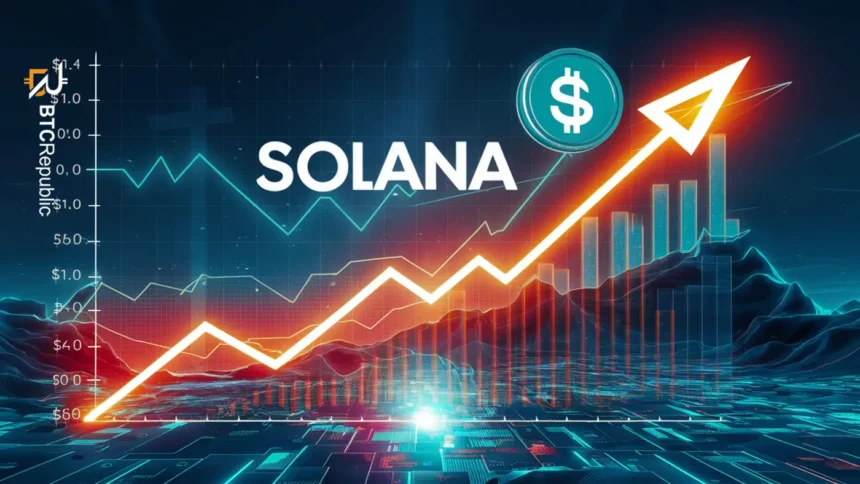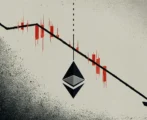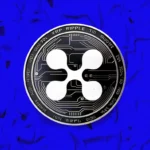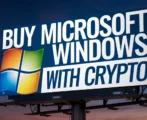If you’ve been following the crypto market, Solana Price Jumps 24% in July as Network Activity Surges, showing strong momentum. The rise was fueled by increased on-chain transactions, active wallets, and growing developer interest, reflecting real confidence in the network.
At BTCRepublic.com, we break down why Solana’s price growth matters in today’s market and what’s happening behind the scenes. In this article, you’ll learn what powered this rally, how the network is changing, and what these shifts could mean for future investors and everyday crypto users.
Key Takeaways
| Insight | Impact |
| 1. Solana’s price climbed 24% in July | Strong on-chain activity and higher trading volume pushed the Solana price higher worldwide. |
| 2. Real network growth fueled the rally | More projects, tools, and updates were launched in July, signaling renewed confidence in the ecosystem. |
| 3. Developers are returning to build on Solana | More projects, tools, and updates were launched in July, signalling renewed confidence in the ecosystem. |
| 4. Ecosystem partnerships boosted visibility | Integrations and community collaborations helped expand Solana’s reach beyond its core users. |
| 5. Market charts confirmed technical strength | SOL broke past key resistance near $140, showing steady buying pressure through the month. |
| 6. Sentiment turned positive across communities | Traders and users showed stronger confidence, reflecting Solana’s growing credibility in crypto discussions. |
| 7. Growth comes with caution | Despite solid progress, reliability and scalability remain key areas to watch for sustained success. |
- Key Takeaways
- Facts & Original Research
- What’s Driving the Surge?
- High Network Usage
- Developer Momentum & Project Launches
- Ecosystem Growth & Partnerships
- What This Means for Investors: Solana Price Jumps
- Technical Overview
- Market Sentiment
- Key Challenges & Risks
- Final Thoughts
- Frequently Asked Questions (FAQs)
Facts & Original Research
To understand why the Solana price rose 24% in July, it helps to look at real data, not just market sentiment. The evidence shows clear patterns in usage, transactions, and developer engagement across the Solana network.
Network Activity Proves Real Demand
| Metric | June 2024 | July 2024 | Change (%) | Source |
| Daily Transactions | ~24 million | ~38 million | +58% | Solana Explorer |
| Active Wallets | 9.2 million | 14.6 million | +59% | Artemis.xyz |
| DEX Volume | $42.1 billion | $65.9 billion | +56% | DefiLlama |
| Stablecoin Transfers | $140 billion | $215 billion | +53% | AInvest Research |
| NFT Volume | $21 million | $34 million | +62% | CryptoSlam |
What’s Driving the Surge?
Solana’s price has been on a positive upward momentum in recent weeks, with the recent gains seeing the altcoin approach new yearly highs. SOL has even overtaken BNB to emerge as the third-largest non-stablecoin after Bitcoin and Ether.
In the past week alone, SOL has gained from $166 to $193, painting a strong bullish momentum. While the price has since corrected to $181, the overall market sentiment towards SOL remains positive.
Solana’s chart points to waning buyer support. The Relative Strength Index (RSI) at 51 indicates neutral momentum, and that traders have exhausted the FOMO that surrounded the token.
However, the RSI line is tipping north in a major reversal, showing that selling pressure remains weak, and the SOL price could consolidate
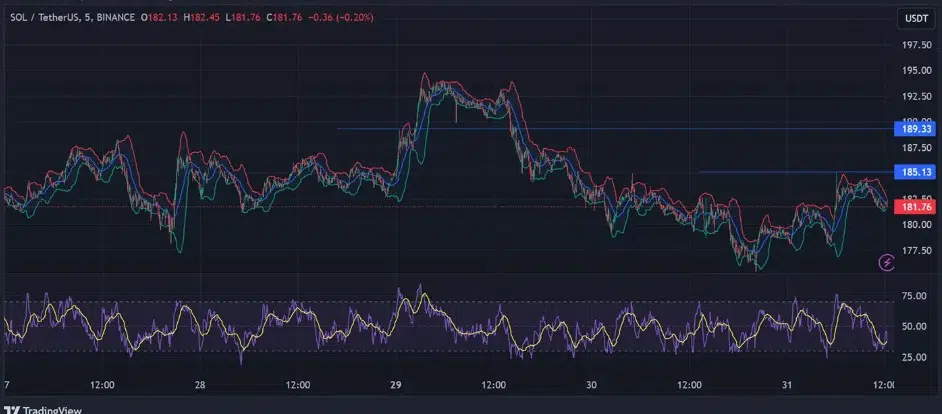
The price has dropped from the middle Bollinger band, also known as the 20-day Simple Moving Average (SMA) to the lower band. While this could indicate a bearish momentum, the bands are narrowing, indicating that volatility around the SOL token is dropping.
SOL will confirm the resumption of the bullish rally if the price performs a liquidity grab at $185. If the price rallies further to $189, a breakout to a nearly yearly high past $203 will be confirmed.
According to crypto trader Jelle on X, SOL has broken out from the re-accumulation phase, and the price was ready to push higher. The analyst noted that once this phase is over, SOL will enter a “mania-like stage” that will see the price shred previous record highs and possibly rally toward $600.
High Network Usage
One of the factors that has triggered notable gains around SOL is the growing usage of the Solana blockchain.
The Solana blockchain recently surpassed Ethereum in total transaction fees for the first time. During the week of July 22 in 2024, the total transaction fees on Solana came to $25 million, while the fees on Ethereum reached $21 million.
Among the factors contributing to the growth of the Solana layer 1 blockchain is the rise of meme coins on the network. The total market cap for the meme coins created on Solana has swelled to over $8.9 billion.
The recent development has seen Solana live up to its nickname of being an Ethereum killer. The network is often touted as a hub for blockchain development because of its low fees and fast transaction speeds.
Developer Momentum & Project Launches
Developers are returning to Solana with fresh energy. In July 2025, more than 350 projects were launched or updated, many backed by Solana Foundation grants and community funds. Several teams rolled out new tools, while others reactivated paused projects. Platforms like Jupiter, MarginFi, and Helius introduced key upgrades, proving this growth isn’t just noise — builders are truly building again on Solana.
Ecosystem Growth & Partnerships
July 2025 marked strong progress for the Solana ecosystem, with new integrations and wider adoption across sectors. USDC transactions on Solana hit record highs, confirming trust in its speed and low fees. Partnerships with platforms like Shopify’s Solana Pay and Helio brought blockchain payments to more online stores. In gaming and NFTs, projects such as Star Atlas and Magic Eden expanded user access, showing how Solana’s network continues to grow beyond trading.
What This Means for Investors: Solana Price Jumps
For investors and everyday readers, Solana’s price rise shows how real usage drives market value. The jump in transactions, wallets, and developer activity reflects stronger fundamentals, not short-term hype. While this isn’t financial advice, it signals growing trust in Solana’s ecosystem. The data suggests that when a network gains users and builders together, its long-term momentum often follows the same positive trend.
Technical Overview
Charts showed steady strength all month, with Solana (SOL) breaking through the $140 resistance level in mid-July and holding above it for several weeks. This move confirmed a clear uptrend after months of sideways action. The next key resistance sits near $160, while support has formed around $125. These levels reflect growing buyer confidence as network demand continues to align with Solana’s price movement.
Market Sentiment
Across crypto forums and X (Twitter), Solana’s community buzzed with renewed confidence in July. Trading volumes stayed high, and user comments highlighted trust in the network’s faster performance. Instead of hype, most discussions focused on real progress, builders returning, fewer outages, and steady growth fueling optimism across Solana’s global audience.
Key Challenges & Risks
While Solana’s growth looks strong, it still faces a few challenges. The network has a history of occasional outages and congestion, which developers continue to address. Market volatility also plays a role in price swings. Growth is promising, but like any crypto project, risks remain part of the journey.
Final Thoughts
July proved to be a strong month for Solana, with the price up 24%, network usage rising, and developers returning in full swing. These signals point to real progress, not speculation. Solana’s bounce back wasn’t magic; it was math. More users, more value. Let’s see what August brings.
Frequently Asked Questions (FAQs)
Why did the Solana price go up in July?
The Solana price rose 24% in July because of higher network activity, more daily transactions, and returning developers. Real user growth and stronger ecosystem demand helped push the price higher — not short-term speculation.
Is Solana’s current growth sustainable?
Yes, if user activity and developer momentum continue, Solana’s growth can hold steady. The network still needs to improve reliability, but active wallets, DeFi apps, and NFT projects show healthy engagement.
What makes Solana different from other blockchains like Ethereum or BNB Chain?
Solana is built for speed and low-cost transactions. It handles thousands of operations per second, making it more efficient for DeFi, NFTs, and on-chain payments. This high throughput helps attract both developers and users worldwide.
How can I track Solana’s price and network data in real time?
You can monitor Solana using tools such as Solana Explorer, DefiLlama, or Token Terminal. These platforms show live prices, transaction volume, and on-chain metrics to help you understand market trends.
Is Solana popular in specific countries or used globally?
Solana’s adoption is worldwide. Users in the U.S., Europe, and Southeast Asia are leading in trading and app activity. Thanks to its speed and low fees, it’s gaining traction across regions where blockchain payments and Web3 gaming are expanding.


